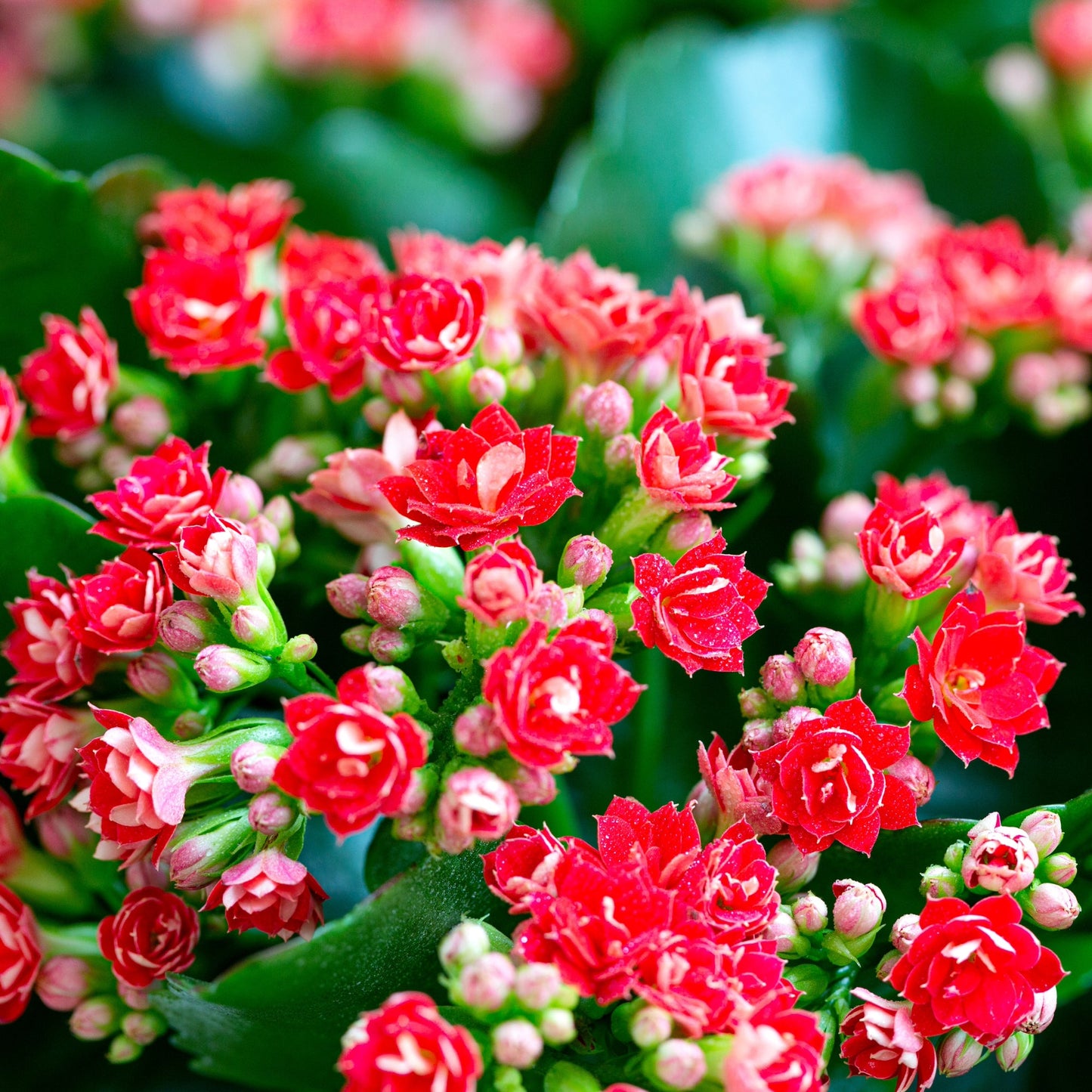Compact, bushy plant
Calandiva
Calandiva
Exposure
- Bright brightness without direct sunlight
- Medium brightness
- Low brightness
Rusticity
Bloom time
- November
- December
- January
- February
- March
- Long-lasting and abundant flowering
- Fleshy, succulent leaves
- Varied flower colours
- Easy care
- Toxic
The Calandiva, a cultivated variety of Kalanchoe blossfeldiana, is a popular houseplant known for its extended blooming period and minimal upkeep. Its blossoms, which appear in dense clusters, can last for several weeks, even months, providing a consistent source of colour for your home. As a succulent, it's particularly well-suited for those who might occasionally forget to water their plants. It thrives in typical indoor environments, partly due to its ability to tolerate the dry air often found in our homes. Additionally, its vibrant and colourful blooms are especially appreciated during seasons when natural light is scarce.
Key Features
- Foliage: Thick, fleshy, glossy dark green leaves that form a dense rosette. These leaves act as water reservoirs, enabling the plant to withstand periods of dryness.
- Form: Compact and rounded growth, making it ideal for small spaces, window ledges, and plant arrangements.
- Growth: Moderate growth, typically reaching a height and width of 20 to 30 cm.
- Care: Extremely easy, making it an excellent choice for novice gardeners or those with limited time for plant care.
- Bloom: Abundant and very long-lasting blooms, with double flowers that resemble small roses, available in a wide range of vivid colours.
Care Instructions
- Light: Prefers bright, indirect light for optimal blooming. Avoid direct, intense sunlight, especially during the hottest parts of the day, as it can scorch the leaves.
- Watering: Allow the soil to dry almost completely between waterings. Overwatering can lead to root rot. Reduce watering frequency during the winter.
- Soil: Use a well-draining soil mix, ideally a blend specifically for cacti and succulents. Good drainage is essential to prevent root rot.
- Humidity: Adapts well to typical indoor humidity levels. Excessive humidity is generally not required.
- Temperature: Prefers temperatures between 15°C and 24°C. Avoid cold drafts and sudden temperature changes.
- Fertilizing: Fertilize lightly during the blooming period with a balanced liquid fertilizer for flowering plants, following the manufacturer's instructions. Discontinue fertilizing during the winter dormancy period.
Plant details
Dimensions
Dimensions
Characteristics
Characteristics
Habit:
- Upright
Flowering colours:
- Red
- Pink
- Purple
- Orange
- Yellow
- White
Plant needs
Plant needs
Watering:
- Let dry completely
Maintenance:
- Easy
Soil requirement:
- Well drained
- potting soil for succulents and cacti
Features
Features
Resistance:
Attract:
Use:
- Flower Pot
- Container
- Patio Pot
Attribute:
- Long flowering
Related articles
-
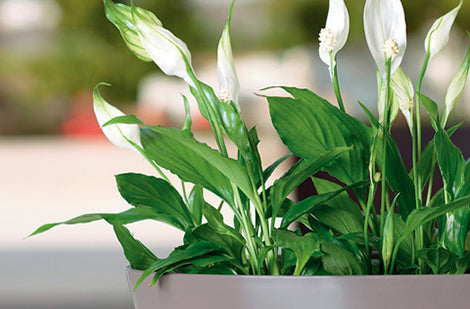
Potting House Plants: which pot to choose
Read the articleBien qu'une plante puisse passer plusieurs mois et parfois même plusieurs années dans le même pot, avec le temps ses racines envahissent tout l'espace disponible. Il devient important de choisir...
-

African violets
Read the articleMembre de la famille des gesnériacées, la violette africaine offre une floraison abondante et continue à qui sait respecter ses besoins culturaux. Ses fleurs, aux formes diverses et aux couleurs...
-

The Complete Guide to Buying and Caring for Ind...
Read the articleBringing a touch of nature to your home with plants is a great idea! Not only do they beautify your living space, but they also help purify the air. However,...
-

Make your own terrarium
Read the articleVous avez envie d’ajouter un peu de verdure à votre intérieur, mais n’avez jamais eu le pouce vert? Facile à réaliser, peu coûteux et nécessitant un entretien minime, le terrarium...
-

Create a garden with succulents
Read the articleLes plantes grasses n’ont pas leur pareil pour créer des arrangements à la fois impressionnants par leurs couleurs, leurs formes et leurs textures et faciles à entretenir. Qu’on les agence...
-
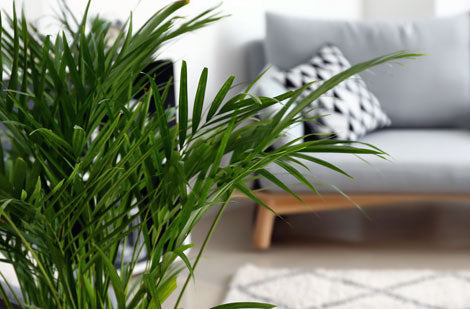
Houseplants to discover - Butterfly Palm or Are...
Read the articleDypsis lutescens, anciennement Chrysalidocarpus lutescens
-

-

-
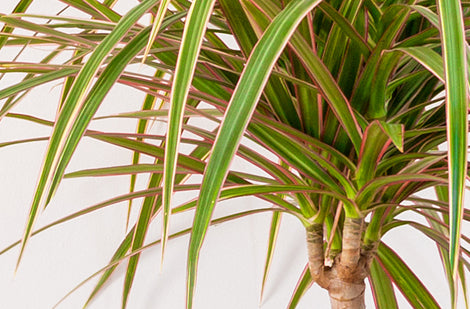
Houseplants to discover - Madagascar Dragon Tree
Read the articleDracéna de Madagascar ou Dracaena marginata
-
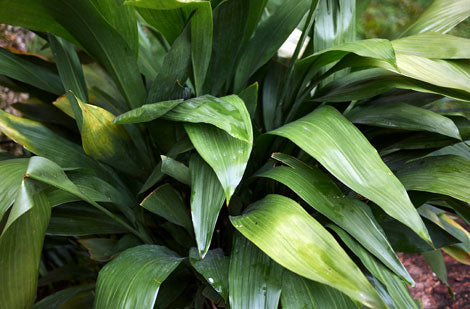
-
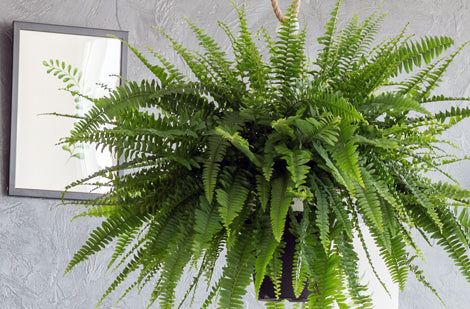
Houseplants to discover - Ferns
Read the articleDivers noms botaniques, dont Nephrolepis exalata (fougère de Boston), Davallia fejeensis (fougère patte de lapin), Asplenium nidus (fougère nid d’oiseau), Platycerium bifurcatum (fougère corne d’élan) et beaucoup d’autres.
-
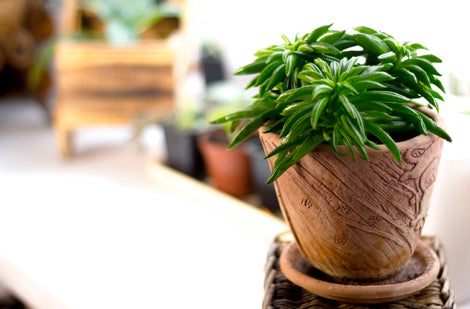
-

-

Snake Plant: The Unkillable Houseplant, Perfect...
Read the articleThe Snake Plant is an ideal houseplant for everyone, whether you're a beginner or an experienced gardener. Its resilience, ease of maintenance, and decorative appearance make it an essential choice...
-

Edible Flowers: Top 5 for Garden and Kitchen
Read the articleOffrant une belle gamme de couleurs, de formes et de textures, les fleurs comestibles enthousiasment les amoureux de jardinage et de cuisine.
-

Tropical Flowering Plants: A touch of the exoti...
Read the articleLes plantes tropicales à fleurs ont tout pour faire tourner les têtes! Colorées, odorantes, généreuses, elles n’ont pas leur pareil pour égayer une aide de repos, un balcon, une terrasse....
-
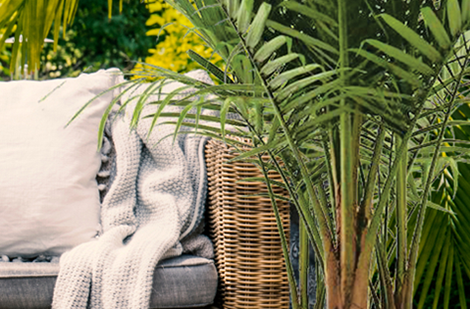
Keep a palm tree on the terrace - why not!
Read the articleDifficile de résister à l’appel des tropiques quand le soleil et les températures clémentes se pointent le bout du nez. Rien de mieux qu’un palmier sur la terrasse ou le...
-

Bringing Outdoor Plants Indoors for the Fall
Read the articleThe arrival of autumn, with its cool nights, announces the time to bring some plants inside to protect them from frost. However, don't rush. Let's enjoy the last beautiful sunny...
-

When and how to repot house plants
Read the articleAlthough a plant can spend several months and sometimes even several years in the same pot, over time its roots invade all the available space.
-
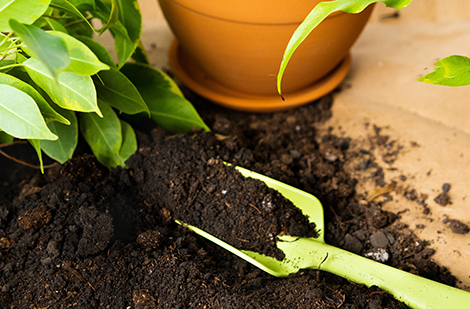
How to select the best houseplant potting soil
Read the articleIl est important d'adapter le substrat utilisé au type de plante. Plusieurs mélanges sont possibles à partir de terre brune, de mousse de tourbe, de perlite ou de vermiculite. Pour...





































